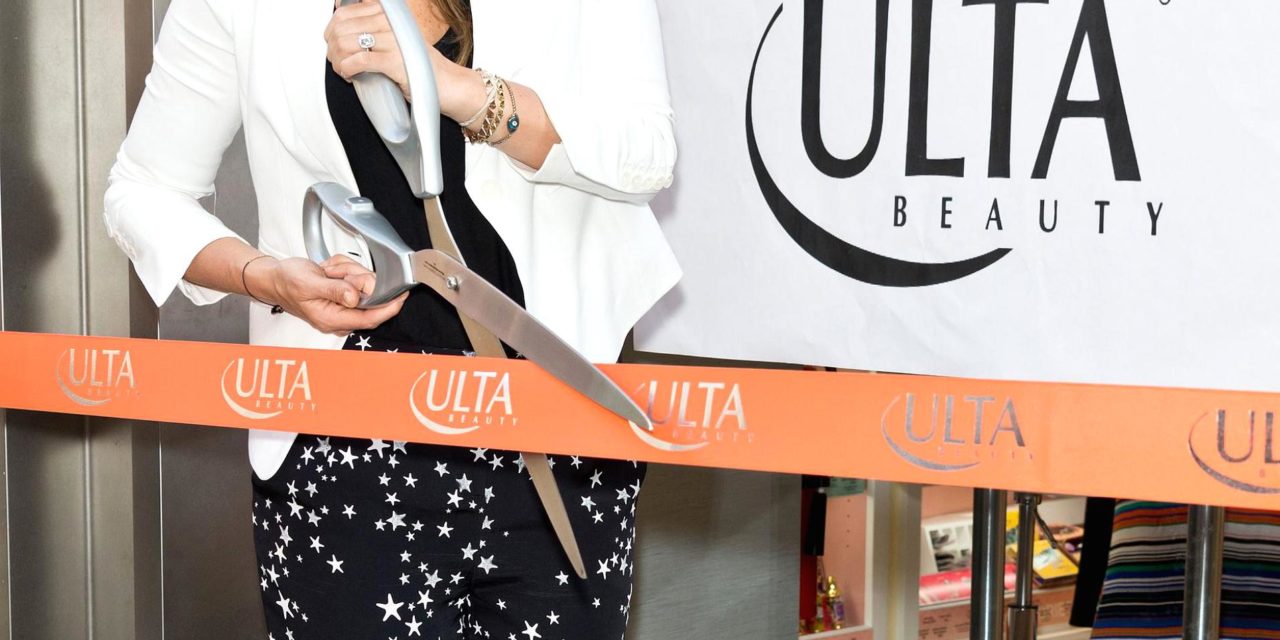J.C. Penney on Friday released the list of 138 stores it plans to close this year. The announcement follows similar headlines from the likes of Macy’s and Sears, which are shuttering more than 200 stores collectively this year.
Contraction isn’t limited to department stores. Specialty shops including Abercrombie & Fitch, Guess and Crocs are also trimming their U.S. store fleets, while recent bankruptcies from chains like The Limited are piling onto the vacancies.
Yet as these chains leave space behind, others are scooping up their best locations. Here’s a look at 10 retailers still in expansion mode — whether it’s for better or for worse.
-
-
Target
Target said Monday it will add to its growing New York City footprint with a midtown store opening this October. It’s one of roughly 30 small shops the retailer plans to openthis year.
Located in dense urban areas like Manhattan and Philadelphia, such shops that are already open generate two times the sales productivity of an average Target store, the company has said. It’s aiming to cut the ribbon on 100 of these over the next three years.
Still, some investors expected to hear the retailer would quicken the pace of its store closures at its recent investor day in New York City. Despite a third straight quarterly comparable-sales decline over the holidays, Target stuck with its strategy of exiting 10 to 15 locations a year.
 Craig Warga | Bloomberg | Getty Images
Craig Warga | Bloomberg | Getty Images -
Costco
Because Costco‘s merchandise skews toward items that need to be replenished (think food and gasoline) it’s been able to outrun the traffic declines plaguing many retailers. Its wide array of products also encourages shoppers to make multiple visits, similar to the treasure hunt experience at T.J. Maxx.
The company plans to open 29 net new locations this fiscal year, including 14 in the U.S. Citi analyst Paul Lejuez recently told investors that Costco still has an opportunity to add stores in underpenetrated markets like the Gulf region and Northeast.
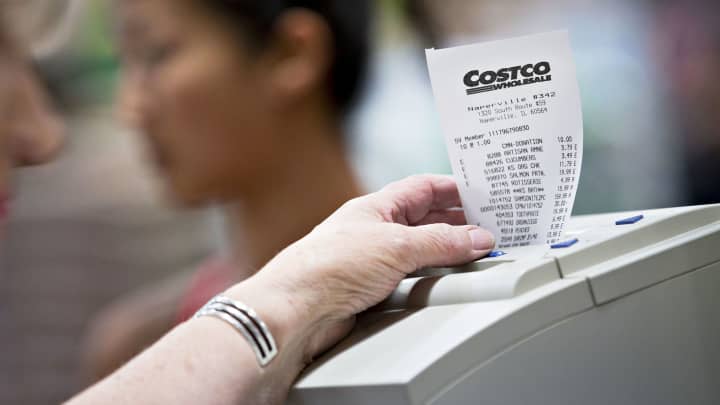 Daniel Acker | Bloomberg | Getty Images
Daniel Acker | Bloomberg | Getty Images -
Ulta
Ulta once again rang up industry-leading sales growth at its established stores over the holidays. Now, it’s looking to boost its top line further by opening 100 stores this year, including its first in New York City.
The chain’s expansion plans follow the addition of 100 stores last year, bringing its total count to 974. Ulta is well on the path toward its goal of 1,400 to 1,700 U.S. locations, which analysts have called a realistic target.
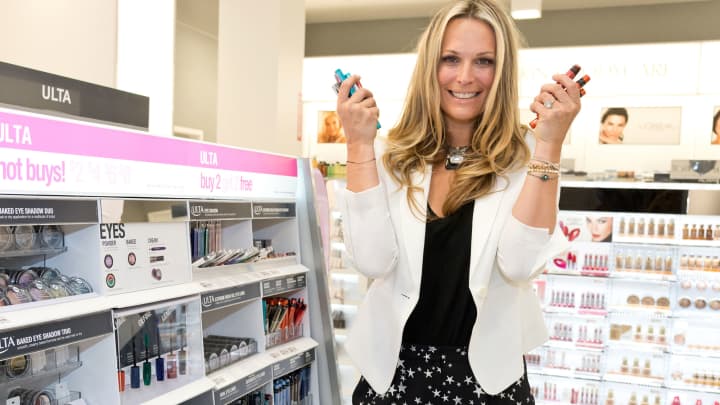 Gilbert Carrasquillo | FilmMagic | Getty Images
Gilbert Carrasquillo | FilmMagic | Getty Images
-
-
-
Dick’s Sporting Goods
Dick’s is capitalizing on consolidation in the sporting goods industry. After scooping up some of the Sports Authority’s vacant shops, the retailer is now looking toward markets where it has zero or few stores. They include San Francisco and South Florida.
The company expects to open about 43 new Dick’s Sporting Goods stores this year, a strategy analysts have said should help it capture more market share.
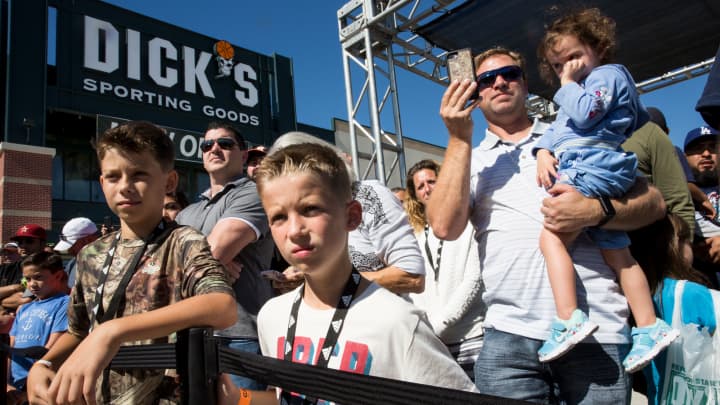 Scott Dalton | AP
Scott Dalton | AP -
Dollar stores
The rampant growth of dollar stores is raising some eyebrows on Wall Street. Despite reporting another slowdown in same-store sales growth, Dollar General said it will open roughly 1,000 new stores in 2017. Dollar Tree is also plotting aggressive expansion, with plans for 650 new stores this fiscal year.
Dollar stores view their conveniently located small stores as their competitive advantage versus Wal-Mart, whose supercenters tend to be farther away from the population.
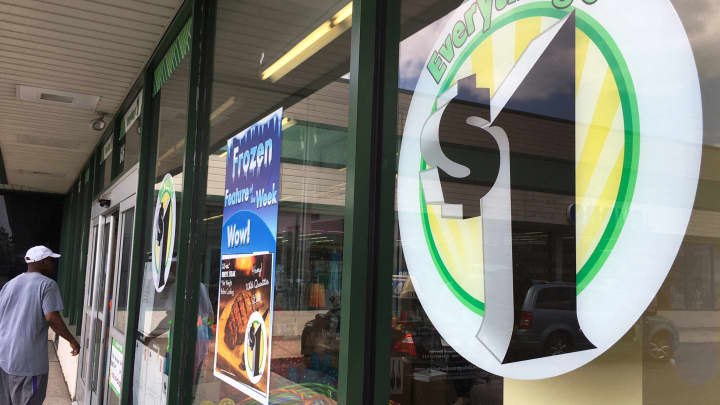 Shannon Stapleton | Reuters
Shannon Stapleton | Reuters
-
-
-
Off-price chains
Dollar stores aren’t the only discounters rapidly growing their square footage.
TJX will add 65 stores under its Marshalls and T.J. Maxx umbrella in the U.S. this year, along with 85 home decor shops and 15 Sierra Trading Post locations. Fellow off-price retailer Ross will cut the ribbon on 90 stores between its two brands, while Burlington will add 30.
Though this type of growth may appear overzealous, analysts say it remains rational. These stores’ ever-changing merchandise and small online presence make them destinations for shoppers.
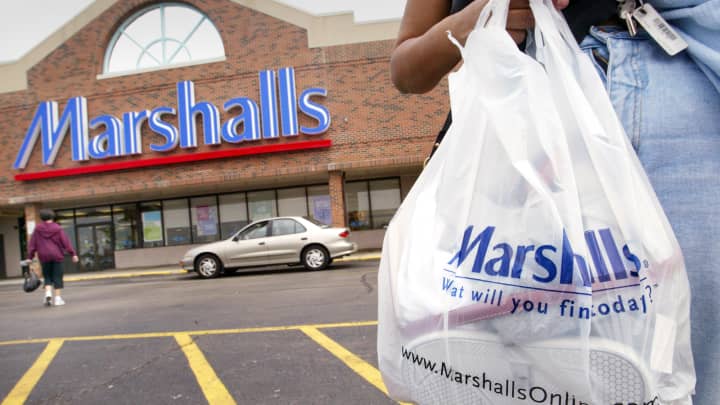 Getty Images
Getty Images
-
-
-
Old Navy
Gap‘s Old Navy chain has been outperforming its namesake and Banana Republic labels. However, its performance has been spotty over the past few months. Despite those fits and starts, Old Navy is expected to add 15 stores to its fleet of more than 1,000 this year, Citi’s Lejuez said.
“We believe the inconsistent performance combined with a store base of over 1,000 should be enough of a sign that maybe growth should stop,” Lejuez said.
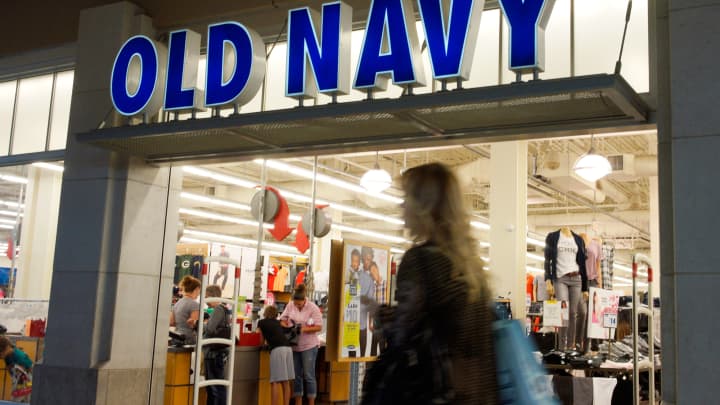 Rick Wilking | Reuters
Rick Wilking | Reuters -
Aerie
Teen retail is a tough business. But American Eagle‘s Aerie has struck a chord with these fickle shoppers, who are responding to its message of body positivity.
Aerie has just 190 stores, with a meaningful presence in only 13 states. The company plans to open 50 stores this year and sees the opportunity to reach 300-plus stores over time.
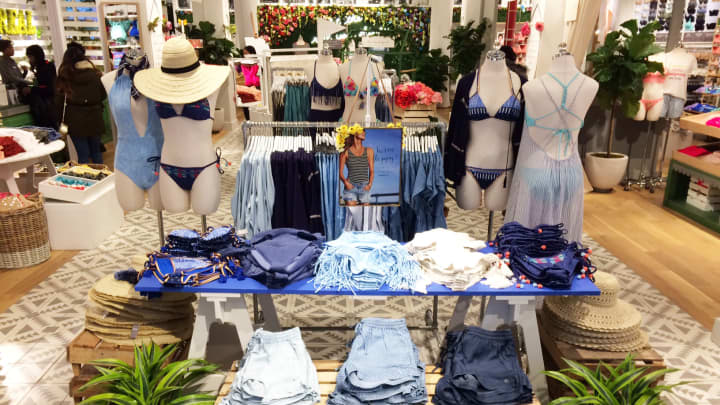 David A. Grogan | CNBC
David A. Grogan | CNBC -
At Home
At Home is a no-frills home decor retailer that has doubled its store count over the past four years — and more growth is ahead. With just more than 100 stores in the U.S. today, CEO Lee Bird told CNBC the company can comfortably get to 600 over the next few years.
At Home takes a fast-fashion approach to home goods, designing 70 percent of its own merchandise. That allows it to get items in its stores in a fraction of the time it takes legacy retailers.
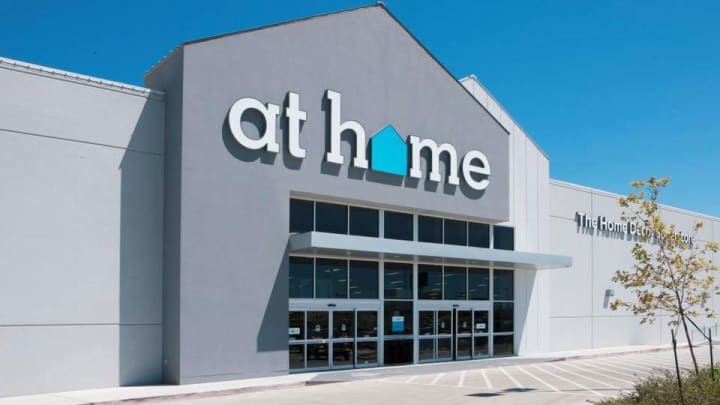 Source: At Home
Source: At Home
-
-
Bath & Body Works
L Brands‘ fragrance shops already boast some 1,700 locations. While it’s expected to open just 25 more this year, Citi’s Lejuez questions whether the company should pump the brakes on expansion.
The chain in February reported its first comparable-sales decline in nearly three years. Even if it was just a blip, “we still have to consider that the concept has 1,700 — how many more do they really need?” Lejuez said.
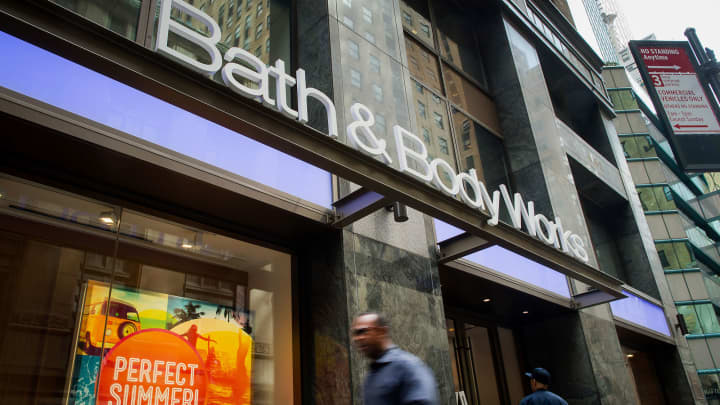
by Krystina Gustafson

